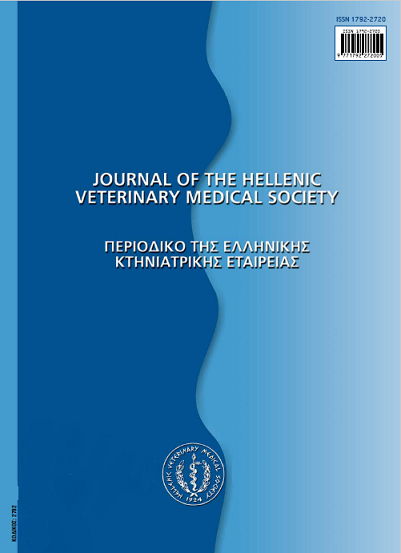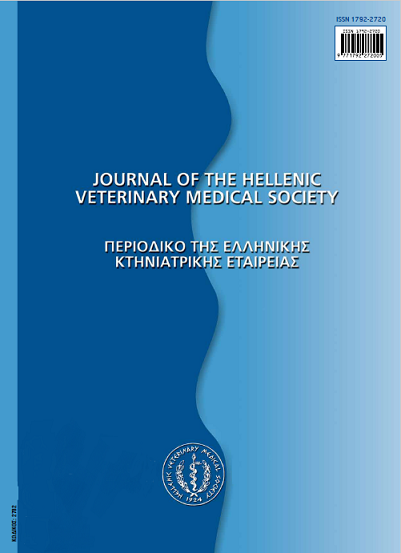Age - related behaviour on individually caged rabbits

Abstract
Housing conditions and environmental enrichment of individually caged laboratory rabbits is of great importance for the welfare of the animals and the quality of the experimental results. In order to improve the design of existing environmental enrichment programs for laboratory rabbits, considerable knowledge of the behavioural needs of this species is necessary. Taking this into consideration, the aim of this study was to monitor and analyze the behaviour of juvenile and young adult rabbits in order to establish whether there are any age-dependent differences in grooming, rearing, sniffing, eating, drinking and gnawing. 12 NZW rabbits were divided into two groups: group A consisted of six 6-month-old rabbits (young adults) and group Β consisted of six 2-month-old rabbits (juvenile). All animals were already housed for more than twenty days under the same conditions in the animal facility. Both groups of rabbits were video-recorded between 06:00h - 18:00h for four consecutive days. The frequency of each behaviour was determined and compared in the two groups of rabbits from the video recordings. The frequencies of grooming, eating and gnawing in the young rabbits were significantly greater than those in the older rabbits (p<0.05). No statistical differences were found between the two groups for rearing, sniffing and drinking. From these results, we concluded that even small age differences should be taken into account when designing an environmental enrichment program for individually caged rabbits.
Article Details
- How to Cite
-
KATSAROU (Α. ΚΑΤΣΑΡΟΥ) A., TSIRONI (Α. ΤΣΙΡΩΝΗ) A., SERAFETINIDOU (Μ. ΣΕΡΑΦΕΤΙΝΙΔΟΥ) M., VOYAZAKI (Χ. ΒΟΓΙΑΤΖΑΚΗ) C., BAUMANS, V., & KOSTOMITSOPOULOS (Ν. ΚΩΣΤΟΜΙΤΣΟΠΟΥΛΟΣ) N. (2017). Age - related behaviour on individually caged rabbits. Journal of the Hellenic Veterinary Medical Society, 62(1), 21–28. https://doi.org/10.12681/jhvms.15036
- Issue
- Vol. 62 No. 1 (2011)
- Section
- Research Articles
Authors who publish with this journal agree to the following terms:
· Authors retain copyright and grant the journal right of first publication with the work simultaneously licensed under a Creative Commons Attribution Non-Commercial License that allows others to share the work with an acknowledgement of the work's authorship and initial publication in this journal.
· Authors are able to enter into separate, additional contractual arrangements for the non-exclusive distribution of the journal's published version of the work (e.g. post it to an institutional repository or publish it in a book), with an acknowledgement of its initial publication in this journal.
· Authors are permitted and encouraged to post their work online (preferably in institutional repositories or on their website) prior to and during the submission process, as it can lead to productive exchanges, as well as earlier and greater citation of published work.



